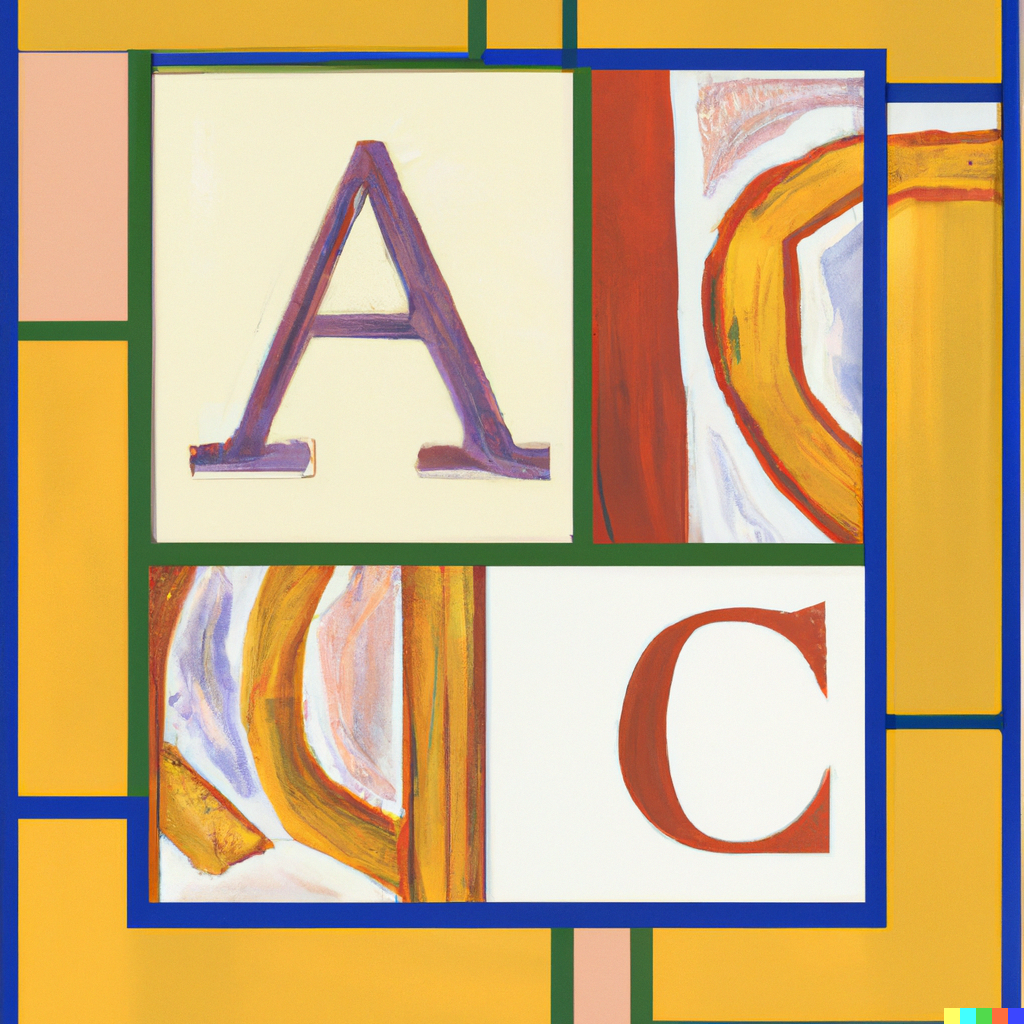As Twitter has been rebranded to X, many has wondered whether it is possible to “own” a single letter as a trademark.
A trademark registration means that you have monopoly rights over the protected mark. If anyone else tries to use the same or a similar mark for the same or similar goods and services, you have the right to stop them. In this sense, trademarks create monopoly rights. Nobody else can use a trademark you own.
So the question is: can you “own” a letter in the sense that no one else is allowed to use that letter as a trademark for similar products? The fundamental aspect of trademark law is that there are certain names must be free for all to use. For example, nobody could register the word (name) “tasty” for pizza or “fresh” for bread. All pizza makers must be able to use descriptively in telling others how their pizza tastes or what their bread is like. The same goes for many letters. Letters like “S” and “L,” for example, directly inform consumers about an important aspect of the product: its size.
Purely descriptive words cannot function as trademarks since they do not indicate a commercial origin but rather a characteristic of the product. Regarding single letters, you might wonder whether it’s possible to get exclusive rights to them. Can a single company own a letter within its product category?
The distinctiveness of single letter trademarks
There are many examples of trademarks consisting of a single letter. These include the “W” of Westin Hotels & Resorts, the “K” of Kellogg’s, and the “T” of T-Mobile. McDonald’s has its “M” (golden arches), and Google has its “G.” What these examples have in common is that they are all stylized versions of the respective letters (some more than others). Clearly it is possible to register a single letter in a stylized form, as seen in the examples mentioned above.
When a trademark, be it a single letter mark or another mark, is registered in a figurative (stylized) form, it is the graphical representation of the mark that is protected, not the letter per se. For instance, Kellogg’s stylized “K” letter does not protect the letter itself but rather the specific representation of the letter “K.”
A more challenging question is whether it’s possible to register a letter as a word mark, meaning that the protection would not be limited to a particular representation of that letter.
Trademarks that lack distinctiveness or are descriptive of the products and services in question cannot be registered. Trademarks consisting of standard character letters can be registered, provided they are not perceived as descriptive. The assessment of whether the letter describes the products is made on a case-by-case basis.
For example, the letter “i” would not be registrable on its own for internet-related products or services because it is commonly used to refer to the internet. Similarly, the letter “C” could not be a trademark for a vitamin product.
On the other hand, there is no reason why the letter “Q” could not be registered for hotel services, as “Q” has no obvious connection to hotels or the tourism industry. There is no reason why the letter “Q” should be kept available for all hotel businesses.
The EUIPO will not object to the registration of single letter trademarks if there is no connection between the letter and the product or service in question.
The narrow scope of protection
While letters can be registered as word and figurative trademarks, their scope of protection is quite limited. Registering a figurative single letter trademark usually does not enable you to block other figurative trademarks consisting of the same letter, provided that the stylization is clearly different.
Below are two examples of cases where it was held that the single letter trademarks were sufficiently dissimilar.
Another question is what happens if you register a single letter trademark as a word mark, so that the protection is for the letter itself rather than any particular stylization. Can you prevent others from using or registering a particular visual representation of the letter? Not necessarily. According to EUIPO’s view and practice, even if a single letter trademark is registered as a word trademark, its scope of protection is still limited. If a later trademark differs from it sufficiently visually, there might not be a likelihood of confusion.
Conclusion
It is possible to register single letter trademarks in the EU, provided that the letter in question does not have any relevance to the goods and services in question. While the letter “Q” might be distinctive for beauty care services, the letter “B” would not be for vitamins.
Another important point to note with one-letter trademarks is that their scope of protection is quite limited. If another party uses the same letter in a different visual representation, it is probably very difficult or even impossible to prevent it.




